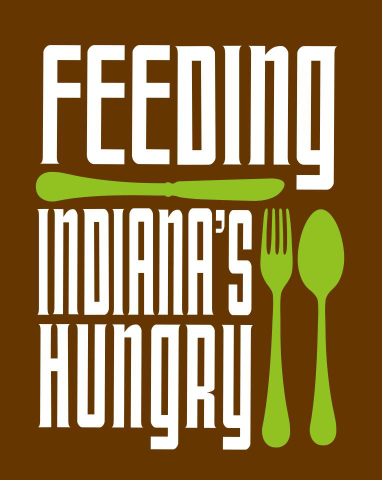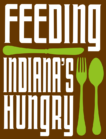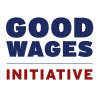September is Hunger Action Month around the United States, and while many consumers know plenty of grocery stores and food banks that donate for hunger relief, the farm to food bank efforts can also be phenomenal at feeding those in need. As food insecurity has increased in the U.S. in recent years, farm to food bank programs have been expanding around the country to recover hundreds of millions of surplus and so called “ugly” (mishappen but perfectly delicious and nutritious) produce for those in need. There are now more than 10 farm to food bank programs in the U.S., with the newest from Feeding Indiana’s Hungry begining on July 1st.
What is a farm to food bank program? While the programs all have different features and drivers, the main goal is to enable food banks and pantries to pay significantly below market prices for produce surplus and produce seconds, or ugly produce. Produce that would have otherwise gone uneaten, in essence: wasted, due to market conditions or cosmetic standards. And with the large expansion of fresh produce offerings at food banks and pantries in recent years, farm to food bank programs are now more important than ever.
For ugly produce advocates, getting large grocers to sell ugly produce in the U.S. is the number one goal so that massive produce waste is put on notice. However, there is another side to the billions of pounds of ugly and surplus produce that’s going wasted every year, and that is the potential for produce to instead reach those in need. And the best (or worst) part is that there is so much produce wasted that there is more than enough to be sold in most grocery stores and reach most food banks and pantries in large quantities.
While grocers are largely sitting on the sidelines in this massive food waste fight against ugly and surplus produce, food banks and farmers are certainly not. The latest example of farmers joining this fight is Feeding Indiana’s Hungry program, which receives US$300,000 allocated by the state legislature annually to help fund the farm to food bank program. The funding enables food banks to buy fresh produce significantly below wholesale value.
Feeding Indiana’s Hungry (FIH) Executive Director, Emily Weikert Bryant says that the program has been going very well in its early stage as producers are contacting FIH with requests. One of the first large recoveries was for over 900 watermelons that were surplus and would have gone uneaten, but instead, made their way to Second Harvest Food Bank of East Central Indiana.
In California, where 50 percent of the country’s produce is grown, the California Association of Food Banks (CAFB) Farm to Family program recovers 140 million pounds of produce a year. This produce then goes to 40 different food banks that partner with over 5,000 food pantries. While there is some financial support from foundations and donations, as with the FIH program and others, the CAFB program is mostly supported by modest program fees to farmers.
In addition to those fees, tax credits are also quite helpful in California (and some other states). Some growers can see up to US$60,000 in tax credits each year, according to CAFB Farm to Family Program Coordinator Steve Linkhart.
The CAFB program has plenty of room to grow as only 120 of the approximently 30,000 growers in California participate. And other programs around the country have room to grow as well, as there is still billions of pounds of produce left uneaten before the store each year. Please support Farm to Food Bank programs in Indiana, California, Kentucky, or wherever they exist this Hunger Action Month and the other 11 months of the year because they are truly making beautiful things happen with ugly produce.
Find out more about the growing “ugly” produce movement at my social media campaign @UglyFruitAndVeg on Twitter, Instagram, Facebook and now on Pinterest as well.




